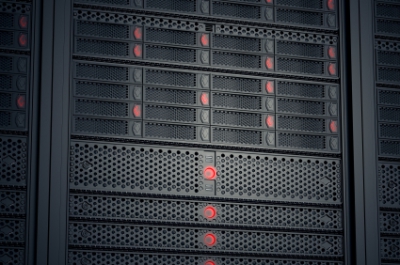A common mistake of unskilled users in this case is connecting of hard disk drives to computer separately with the purpose of reading at least part of data. But since data on RAID arrays (except mirror) is kept in a distributed manner, such actions do not lead to success and, moreover, in many cases the situation gets even worse. I.e. hard disk drives that are part of RAID array keep the data in a different fashion, not like it is kept on a separate hard disk drive and such disks are not available in the operating system (they even look like not initialized). Upon attempt to initialize them (or even format), the content is altered and such alterations disrupt the data storage structure arranged by the RAID controller. Subsequently, upon the next connection RAID controller considers the array as unsynchronized and data contained therein as invalid (user access is blocked and is not possible without application of special methods).
In such cases, data recovery is done by creation of service area copies of all physical disks, part of RAID array, with subsequent building up of array outside the RAID controller (so-called RAID array destriping process) in order to access data structure stored on it. A special software is used for destriping. In case of damaged original structure of data stored on the array as well as lost information about the size of blocks and the sequence of recorded data to it, it may require a considerable amount of time to perform destriping correctly. Copies from physical disks are made with the purpose of avoiding damage of data stored on original disks during the work (may require many integrations during build up). Therefore, data recovery from failed RAID array requires a considerable amount of time and costs much more than data recovery from a single hard disk drive.



 In case of using RAID arrays for data storage, due to peculiarities of data storage arrangement (distribution of data in blocks over different drives comprising RAID array in a certain order), during unsynchronization of RAID array or failure of more than one physical data carrier that is part of RAID (for RAID 6 more than 2 hard disk drives), the user completely loses the access to all the data on the array.
In case of using RAID arrays for data storage, due to peculiarities of data storage arrangement (distribution of data in blocks over different drives comprising RAID array in a certain order), during unsynchronization of RAID array or failure of more than one physical data carrier that is part of RAID (for RAID 6 more than 2 hard disk drives), the user completely loses the access to all the data on the array.
